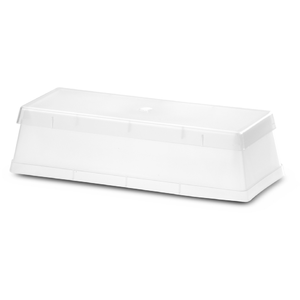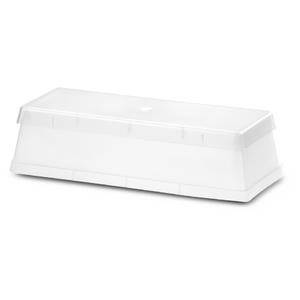
Weighing Indicators for Hazardous Areas
Safe, Reliable Performance in Potentially Explosive Environments
A weighing indicator for hazardous areas is specifically designed and certified to be intrinsically safe, meaning that it is constructed in a way that ensures that it cannot generate enough heat or electrical energy to cause ignition of any flammable substances in the surrounding environment. These indicators typically have special features such as explosion-proof enclosures, specialized wiring and connectors, and flame-retardant materials.
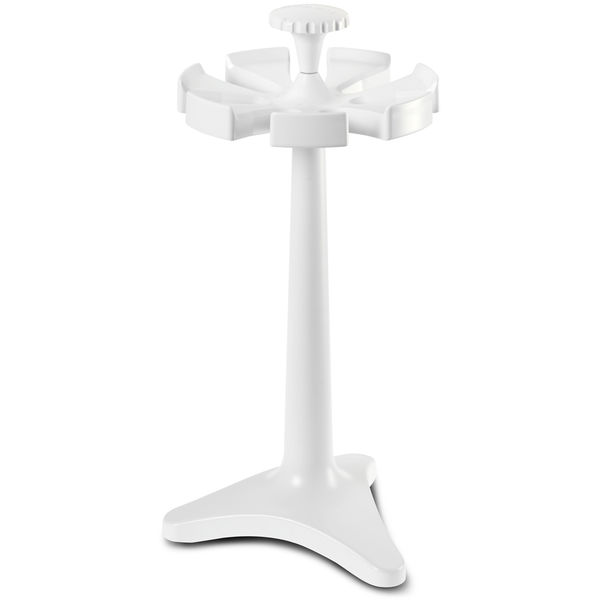
Carousel Stand for 7 pipettes CR-7
Carousel Stand, holds up to 7 Rainin™ manual pipettes and Gilson® Pipetman®, as well as Rainin electronic and multichannel pipettes with adapter 17006638. 1 per pack (CR-7).
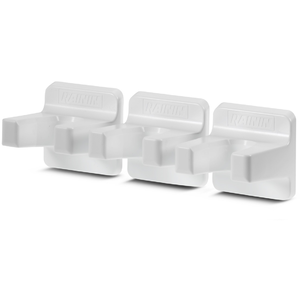
Magnetic Hang-Up w/Adhesive Disk HU-M3
Hang-Ups™ pipette holders, for manual pipettes, electronic and multichannels; used with adapter 17006638. Magnetized for ferrous surfaces, 3 adhesive disks supplied. 3 per pack (HU-M3).
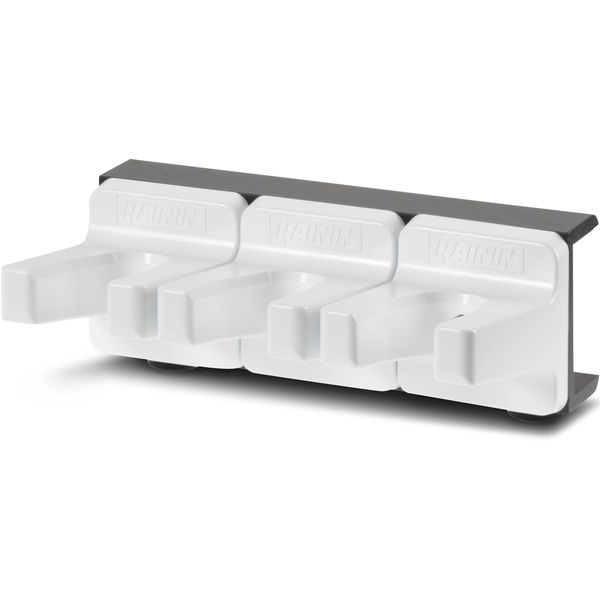
Shelf Hang-Up 3/Bracket HU-S3
Hang-UpsTM pipette holders, 3 mounted on a shelf bracket, for manual pipettes, electronic and multichannels; used with adapter 17006638. 1 shelf bracket with 3 Hang-Ups in pack (HU-S3).
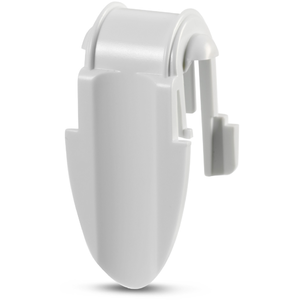
Hang-Up Adapter 3/PK HU-A3
Adapter for Hang-UpsTM 17003024 for use with Rainin electronic and multichannel pipettes on Hang-Ups and Carousel stand. 3 adapters per pack (HU-A3).
Download Materials
Unlock Service Excellence - Maximize Your Efficiency

Unlock Service Excellence - Maximize Your Efficiency
Explore our Services - Tailored to Fit your Equipment
Uptime. Support & Repair
Performance. Maintenance & Optimization
Compliance. Calibration & Quality
Expertise. Training & Consulting

Professional Installation - Get it right from the start
FAQs
FAQs - Indicators for Hazardous Areas
When weighing in hazardous environments, safety is critical. METTLER TOLEDO hazardous-area weighing indicators, also known as weighing terminals for hazardous areas, work with a variety of scale types, helping to provide a complete weighing solution. Easily transfer data from the indicator to automation controllers and PC-based systems. METTLER TOLEDO offers hazardous-area indicators approved for explosive environments classified as Zone 1/21, Division 1, Zone 2/22 and Division 2.
What is a weighing terminal for hazardous areas? What is a weighing indicator for hazardous areas?
A hazardous-area scale indicator is a type of weighing instrument designed for use in environments where there is a risk of explosion or fire due to the presence of flammable gases, vapors, or dust. These environments are known as hazardous areas or potentially explosive atmospheres.
What industries use hazardous-area scale indicators?
Hazardous-area scale indicators are used in a variety of industries, including chemical, pharmaceutical, oil and gas, and food processing, where accurate weighing of materials is required in potentially hazardous environments. They are typically used in conjunction with weighing platforms, load cells, and other weighing components that are also certified for use in hazardous areas.
How do I know a weighing indicator is safe to use in my hazardous area?
To ensure that an intrinsically safe weighing indicator meets the appropriate safety standards, it must be certified by a recognized testing agency, such as Underwriters Laboratories (UL) or the International Electrotechnical Commission (IEC), for use in the specific hazardous environment where it will be used. The certification process involves rigorous testing to ensure that the instrument is safe to use and will not cause any explosions or fires in the hazardous area. Refer to the datasheet for your specific product to confirm it meets your production area’s requirements for hazardous-area safety.






